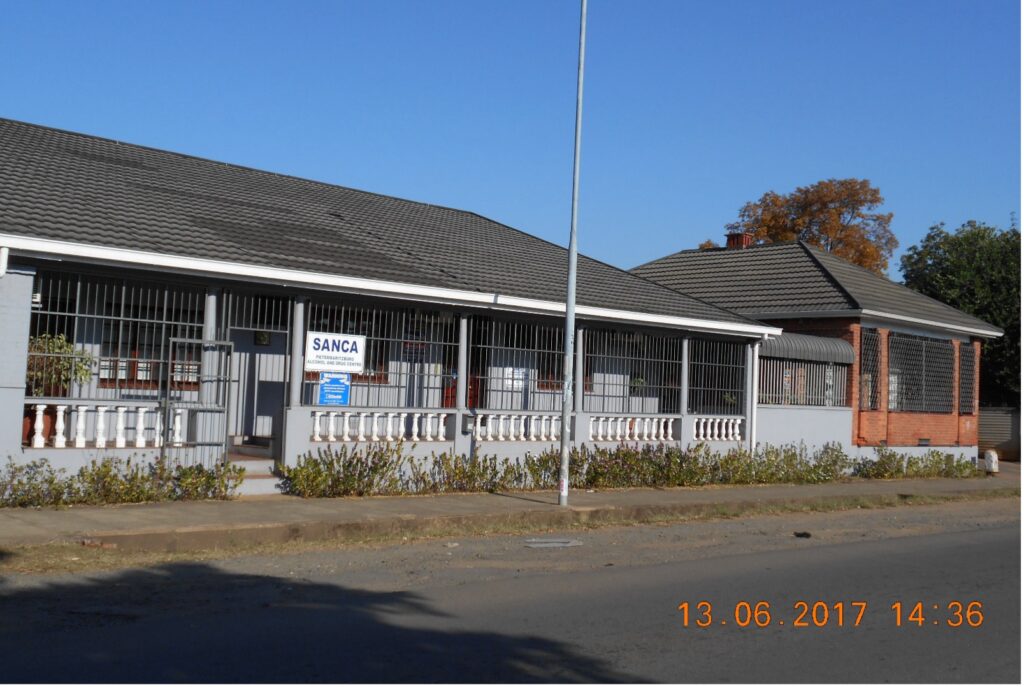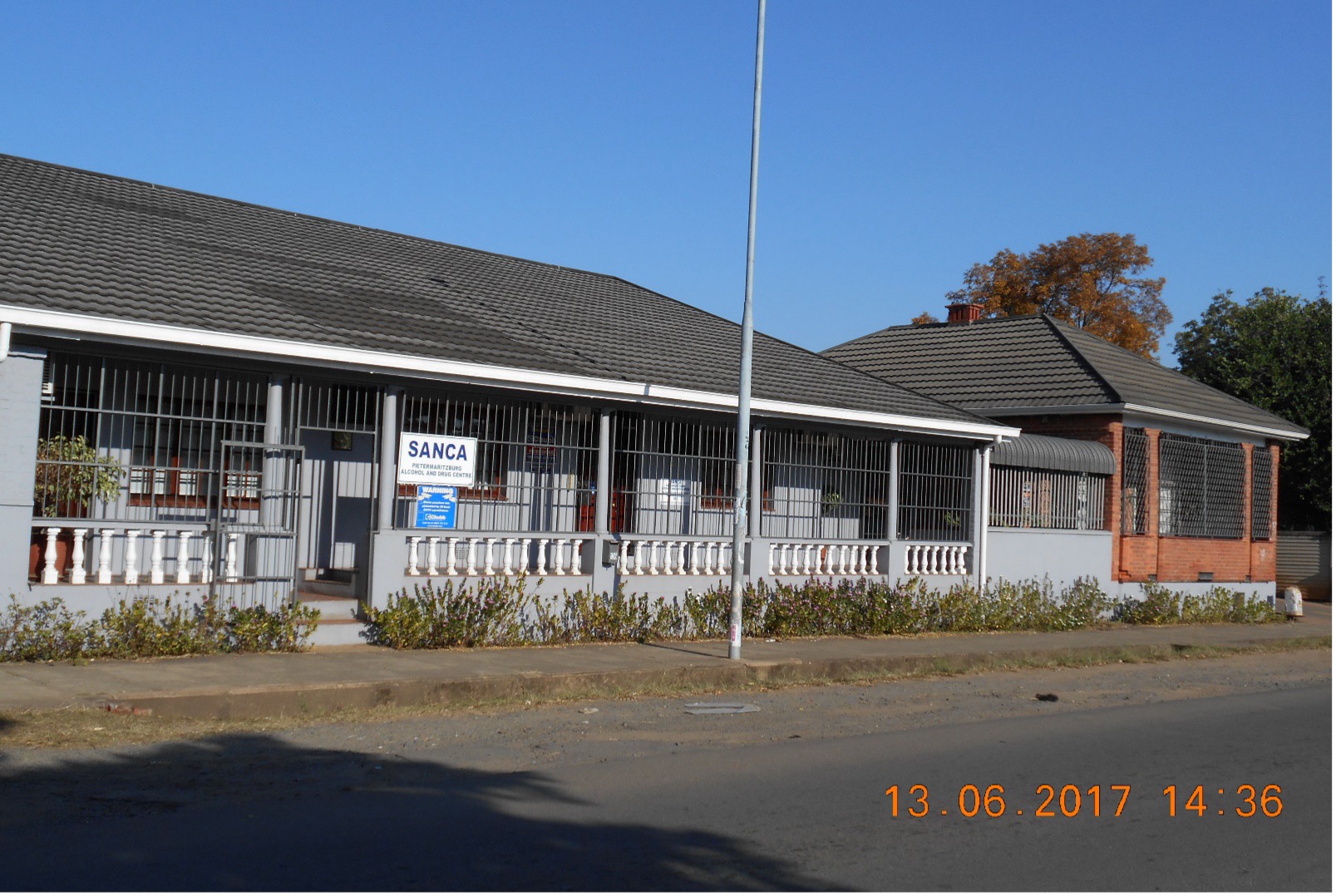SANCA History
In 1962 a group of concerned people of Pietermaritzburg identified a need to put in place some means to address the problem of substance abuse in the community. An approach was made to SANCA Durban, established in 1955 to assess the need. As a result of this initiative, the late Winifred Swift, the first Director of Sanca Durban, assisted in establishing a service in Pietermaritzburg, initially traveling from Durban a few times a week. In 1969 a permanent service was established in Pietermaritzburg.
One of the stalwarts of the early organisation was Professor Theron, the head of the Psychology Department at the Pietermaritzburg Campus of the University of Natal. Under his chairmanship, the organisation grew steadily to accommodate the growing need in the community.

Today SANCA Pietermaritzburg is one of very few organisations in the region offering a comprehensive service to address substance abuse issues. In contemporary society, the drug scene has become a complex issue to tackle. Fortunately, with SANCA’s expertise and years of having developed appropriate programmes, it is well-positioned to assist the community in fighting this scourge.
Mission Statement
SANCA Pietermaritzburg strives to address alcohol and other drug problems through the provision of specialised, accessible, and affordable prevention, treatment, and community development services to all the people of Greater Pietermaritzburg, thereby enhancing the quality of life and restoring the self-respect and dignity of persons affected by chemical substance abuse.
SANCA PMB has been at the forefront of fighting alcoholism and drug dependence since 1962 and has been successful. This has been witnessed through the testimonies received.
“Trying to overcome addiction is one of the hardest for a person to do”
– Matthew Perry
Recovering from addiction is a process, it requires time, patience, commitment, motivation, and support.
Our Staff
Our staff comprises medical practitioners, nursing sisters, social workers, social auxiliary workers, and educators.
- Medical Practitioners
- Nursing Sisters
- Treatment Social Workers
- Prevention Social Workers/ Education Officers
- Social Auxiliary Workers
- Conduct a medical assessment
- Prescribe medication
- Administer medication
- Monitor the service user’s progress
- Conduct drug testing
- Conduct follow-ups
- Conduct psycho-social history to assess the presence of addiction.
- Determine the patient’s potential to benefit from an out-treatment programme.
- Devise appropriate treatment plan.
- Motivational Counselling.
- Provide individual and group therapy.
- Provide Aftercare and Re-integration.
- Family therapy.
- Conduct Statutory Services.
- Conduct awareness, prevention & educational programmes to previously disadvantaged and under-resourced areas.
- Training, capacity building and empowerment to volunteers, peer counsellors, nurses, educators, and other professionals.
- Assist with the reception.
- Compile NFD for the Department of Social Development.
- Assist social workers with typing the reports.
- Type the clinic list.
- Deal with creditors.
- Type business plans, annual evaluation plans and annual reports.

